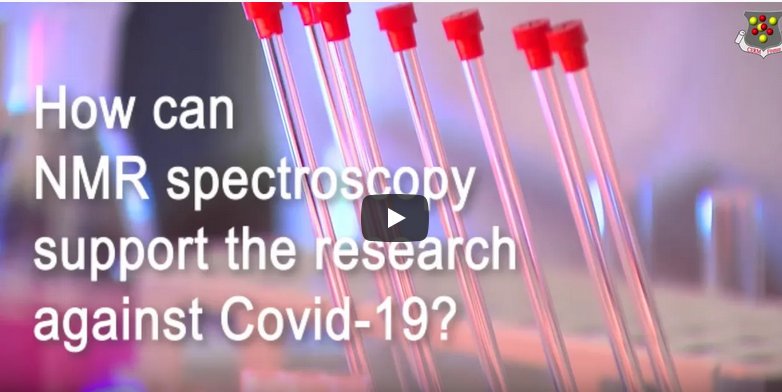Integrated Structural Biology aims to integrate structural knowledge at different resolution levels into specific cellular contexts, with a temporal component, to underpin biomedical sciences. This challenge requires the seamless integration of techniques providing information in different resolution ranges. X-ray diffraction, NMR and electron microscopy are the main contributors to the field. However, the complexity of the biological systems is such that none of these methodologies alone can provide a full picture of the structural, dynamical, and functional properties that are of relevance to biology. The integration of the different biophysical methodologies with the support of the computational methods is thus clearly the strategy of choice to deal with the most interesting biological macromolecules and pathways. Moreover, the scientific and technical progress has allowed for expanding the capability for structural biology to investigate systems not accessible, so far, to conventional methodologies and to characterize the dynamic processes and transient interactions, both inside and outside the cell.
NMR spectroscopy plays a crucial role in the characterization of difficult systems such as largely unstructured proteins, transient protein complexes, fibrils, and protein embedded in matrices.
Solution NMR is an indispensable enabling technology for determining weak and transient macromolecule interactions as well as for characterizing functional processes in solution and also directly in living cells. CERM applies Solution NMR in an integrated structural biology approach for addressing more and more challenging questions. Such approach is for example routinely used to understand cellular pathways at the atomic level. Solution NMR is also largely applied in CERM to reveal the presence of conformational states in solution and to monitor conformational rearrangements in systems composed of multiple domains.

Integrated structural biology approach to unravel copper trafficking in the mitochondrion to assembly CuA site of cytochrome c oxidase. ref: Cell Mol Life Sci. 2010 Aug;67(15):2563-89. e Acc Chem Res. 2018 Jun 19;51(6):1550-1557.
Solid-state NMR spectroscopy is gaining importance as a high-resolution spectroscopy for non-crystalline materials. CERM applies MAS (magic angle spinning) NMR spectroscopy to characterize several non-crystalline samples such as immobilized enzymes, proteins adsorbed on aluminum hydroxide adjuvant in vaccine formulation, PEGylated proteins and Beta-amyloid fibrils. In this regard, the data collected at CERM demonstrate beyond doubt that Aβ(1-40) and Aβ(1-42) can co-fibrillize in a 1:1 ratio. 
Structural model of the tetramer of the pegylated asparaginase protein (Chemistry. 2019 Feb 6; 25 (8): 1984-1991. doi: 10.1002 / chem.201804488) with experimental constraints obtained from the analysis of solid-state NMR spectra.


